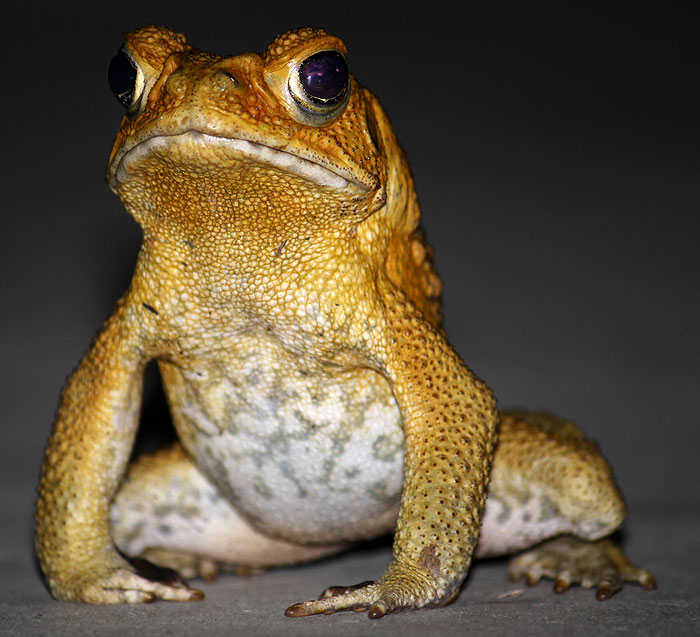Winter in the tropics, it can't be beaten - it really can't. The nights cool, the sun shines with a little less ferocity and the lawns don't need to be beaten into submission as often. The best bit though, is that winter or not, the critters are still around - perhaps not quite as numerous or as active, but they're still present.
Here are some snapped in the yard and the wider area:
 |
Brown Tree Snake |
 |
Graceful Tree Frog |
 |
Orchid Swallowtail instar |
 |
Abandoned bag-moth cocoon |
 |
Mantis laying her eggs |
 |
Massive rain-forest snail (size of a small apple) |
 |
Crab in a Pandanus plant |
 |
Rain |
 |
Portuguese man o' war (Physalia physalis) |
 |
Known as a 'Blue-bottle' here in Oz |
We came across literally dozens of these Physalia the other weekend while exploring a local beach. They were marooned following a storm. Rumour has it that there's a great Aussie tradition of stomping on these animals to hear them pop, (yeh, I know). However, the nematocysts (stingers) can remain active for some time after the poor '
jelly' has expired, resulting in some painful - and if you ask me, well deserved acts of retribution by the Blue-bottle.
And now for something completely different.
Chickens. Yep, you read that right - chickens.
And yes, I realise this requires an explanation - and no, this blog isn't going to degenerate into some hobby-farm type of deal complete with pictures of obscenely large vegetables and detailed musings on the benefits of seaweed fertiliser. I promise.
That said, chickens are quite interesting and a hell of a lot of fun to observe ... These guys belong to our neighbours and last night, while Jo and I were over at theirs having some
lite refreshments, I snapped some pics.
 |
Personality plus |
 |
Rockin' the 'do |
 |
A foppish kinda fella |
Professor Darren Griffin and a team at the University’s School of Biosciences have conducted research that suggests that chromosomes of the chicken and turkey lineage have undergone the fewest number of changes compared to their ancient avian ancestor, thought to be a feathered dinosaur.
What they're saying is that chickens and turkeys are more closely related to dinosaurs than any other bird ... although, I do wonder where the Cassowary fits in to this? ...
Anyway, there's a wealth of info on the humble old chook should you choose to have a shoofty on the interwebnet.
Take care
Domestication of the chicken dates back to at least 2000 B.C. The domestic chickens' ancestry can be traced back to four species of wild jungle fowl from Southeast Asia. However, the Red jungle fowl (Gallus gallus or Gallus bankiva) is the most commonly found wild species in the world today and is considered the main ancestor of the domestic chicken.
The chicken belongs to the genus Gallus of the family Phasianidae. Domestic chickens are simply classified as Gallus domesticus.



















Comments
Whilst we have frogs, snails and jellyfish in the UK, but your photographs (and entertaining text) remind me how evolution has affected them on the other side of planet and what stunning creatures they are.
These are the sort of things I'd only used to see on a David Attenborough programme.
Believe me when I tell you, that even now - nearly a decade after moving to FNQ, I still get a massive buzz from seeing, what to some are 'common' animals.
It's kind of the point of this little blog.
Thanks again for stopping by and taking the time to leave a comment - much appreciated. Paul.
Post a Comment